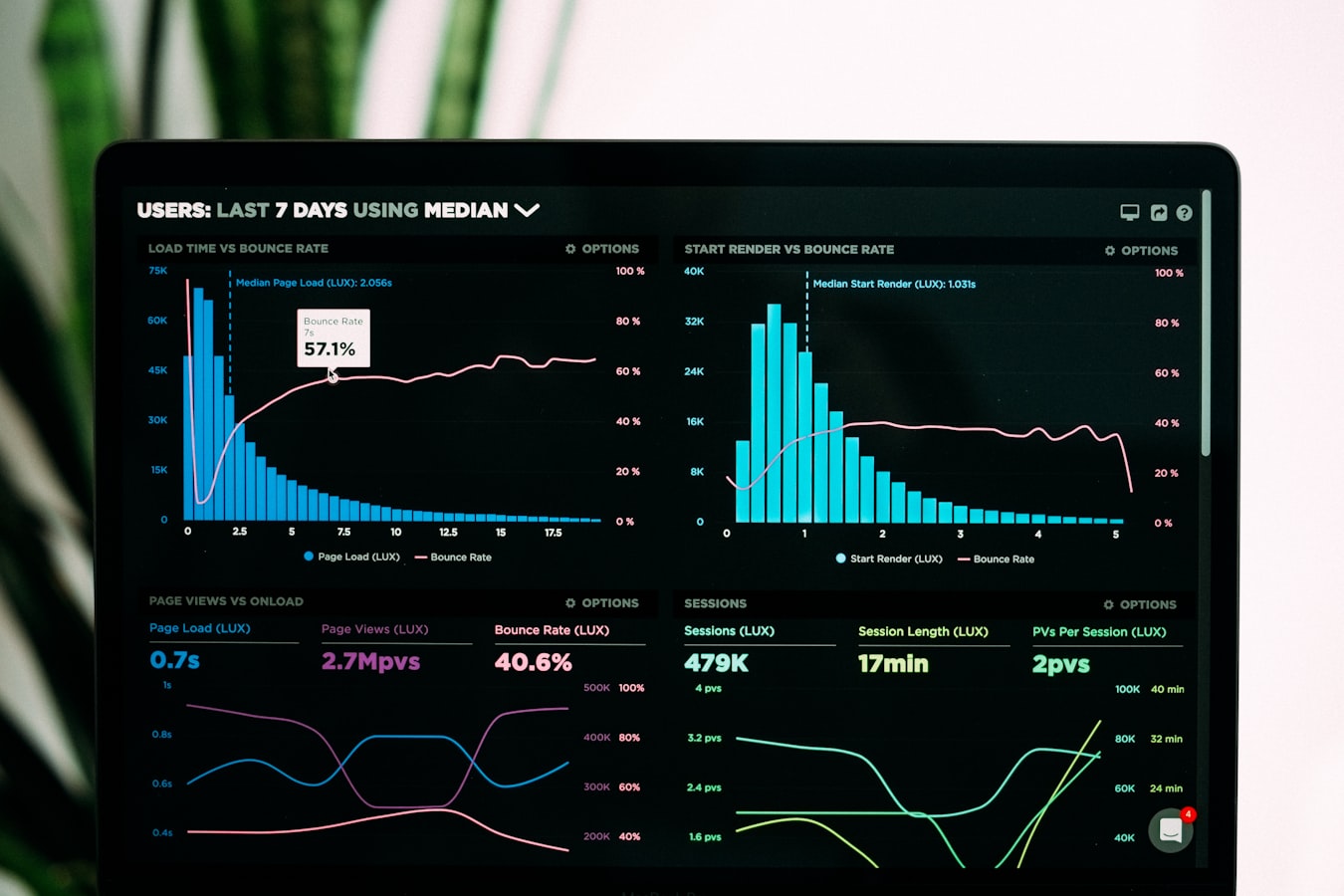The Value of Bank Statement Analysis for Businesses
Bank statements are more than just records of transactions—they're a goldmine of data that can drive strategic business decisions. For businesses of all sizes, regular and thorough analysis of bank statements provides insights that can improve cash flow, reduce costs, and identify growth opportunities.
This guide explores how businesses can leverage bank statement data for financial analysis and strategic planning.
Cash Flow Management
Cash Flow Patterns
Analyzing bank statements over time reveals patterns in your business's cash flow. Identify peak periods and slow seasons to better plan for:
- Inventory purchases
- Staff scheduling
- Marketing campaigns
- Capital expenditures
Cash Conversion Cycle
Use bank statement data to track the time between paying suppliers and receiving payment from customers. Reducing this cycle improves liquidity and reduces the need for external financing.
Expense Analysis
Categorizing Expenses
Systematically categorize all expenses to create a clear picture of where your business spends money:
- Fixed vs. variable costs
- Essential vs. discretionary spending
- Department or project-specific expenses
- Seasonal variations in expenses
Identifying Cost-Saving Opportunities
Detailed expense analysis often reveals opportunities for cost reduction:
- Duplicate or redundant services
- Underutilized subscriptions
- Inefficient payment timing leading to avoidable late fees
- Opportunities for bulk purchasing or vendor consolidation
Conclusion
Bank statement analysis is a powerful tool for business financial management. By systematically reviewing and analyzing statement data, businesses can gain insights that drive growth, efficiency, and profitability. Converting bank statements to digital formats using tools like Easy Statement Converter can streamline this analysis process, making it easier to transform raw financial data into actionable business intelligence.



